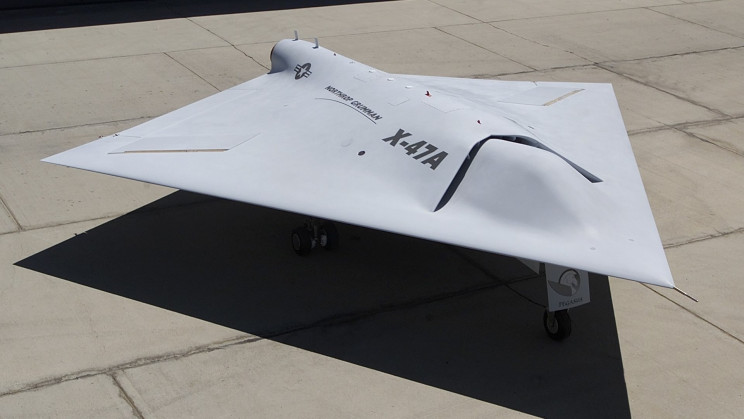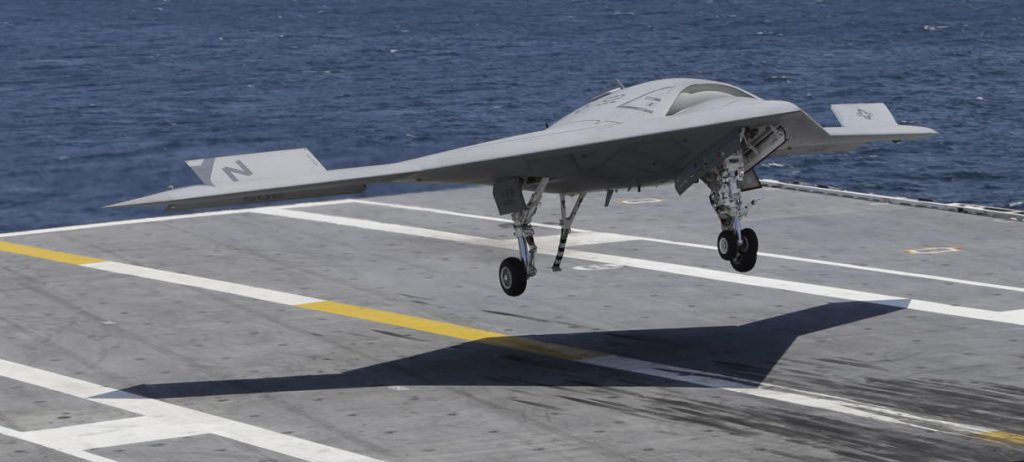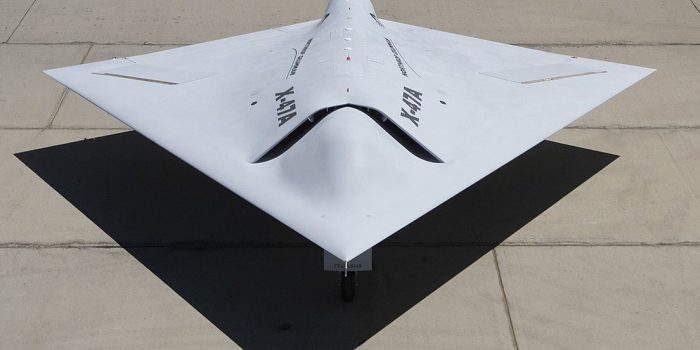A Chinese team of scientists have created and tested a prototype hypersonic flight engine based on NASA’s rejected idea from more than two decades ago.
Ming, the principal engineer of NASA’s Hypersonic Program in the 1990s, presented the Two-Stage Vehicle (TSV) X-plane, powered by two distinct engines on each side of the aircraft. This concept differs from most hypersonic aircraft, in which the engine is located in the “belly” of the aircraft.
This aircraft’s engines can operate as ordinary turbine engines at low speeds before switching to high-speed mode as the aircraft approaches hypersonic speeds – more than five times the speed of sound.

The Boeing Manta X-47C program was planned to validate the TSV X-plane design. However, before the programme could test the efficiency of the concept, the US government chose to cancel it in the early 2000s due to excessive expenditures and a variety of technical difficulties.
Many years later, Professor Tan Huijun and his colleagues at Nanjing University of Aeronautics and Astronautics in Jiangsu’s eastern province have created and tested a prototype machine with two side-opening inlets, identical to Ming’s design.

Prof. Tan had put this prototype through its paces in a wind tunnel, which could simulate flying conditions ranging from Mach 4 to Mach 8 for several seconds. The test demonstrated that the engines could ignite even under the “most difficult flight conditions,” confirming Ming’s point.
Ming’s proposal sparked a lot of interest in China because “understanding its work mechanism can provide important guidance to hypersonic plane and engine development,” according to Prof. Tan and colleagues in an article published in the Journal of Propulsion Technology.
The United States and China are competing in space and aviation. Due to poor ties between the two nations, various top Chinese scientists left NASA and other government organisations in the United States in the late 1990s. This is regarded as the start of China’s hypersonic weapons development in the early 2000s.

On the other hand, the US has also awarded an Atlantic-based start-up, Hermeus, a contract worth $60 million to develop a hypersonic aircraft prototype capable of travelling at Mach 5 speeds with only one engine.
The race to go hypersonic has begun. Let’s see who wins!


